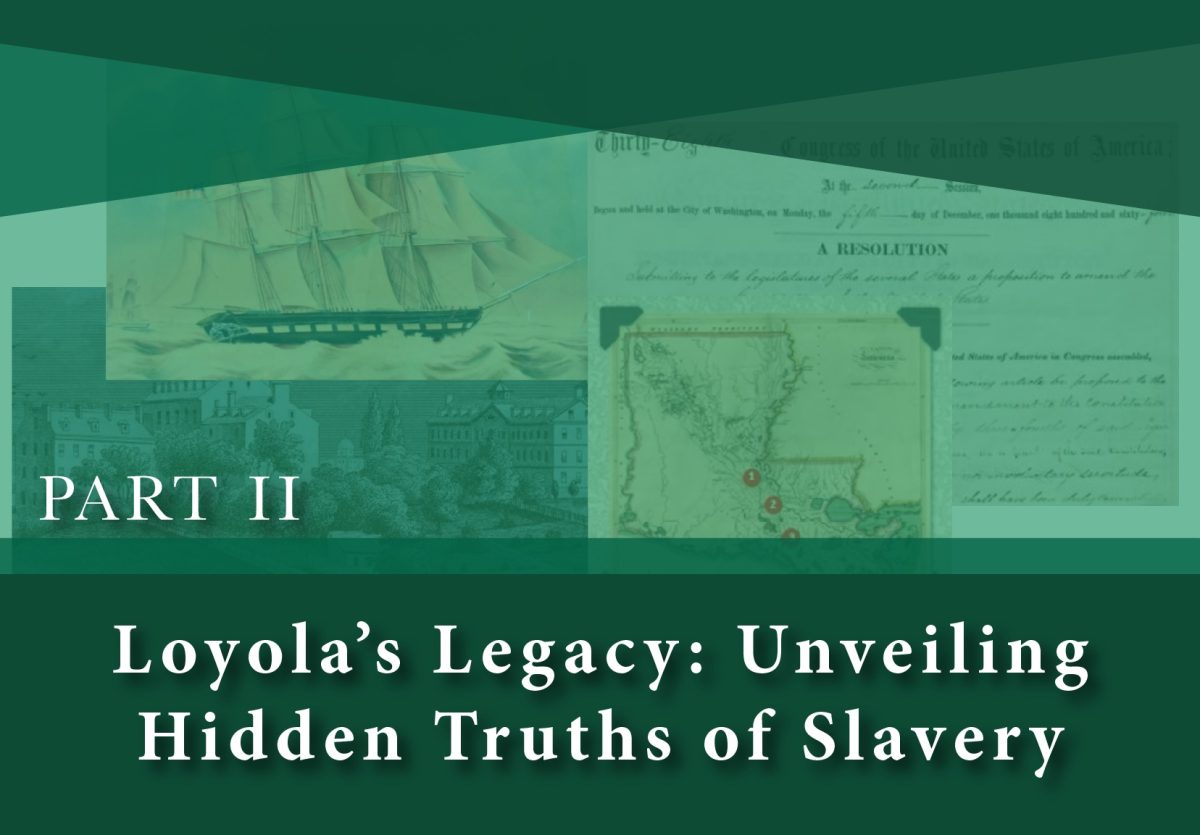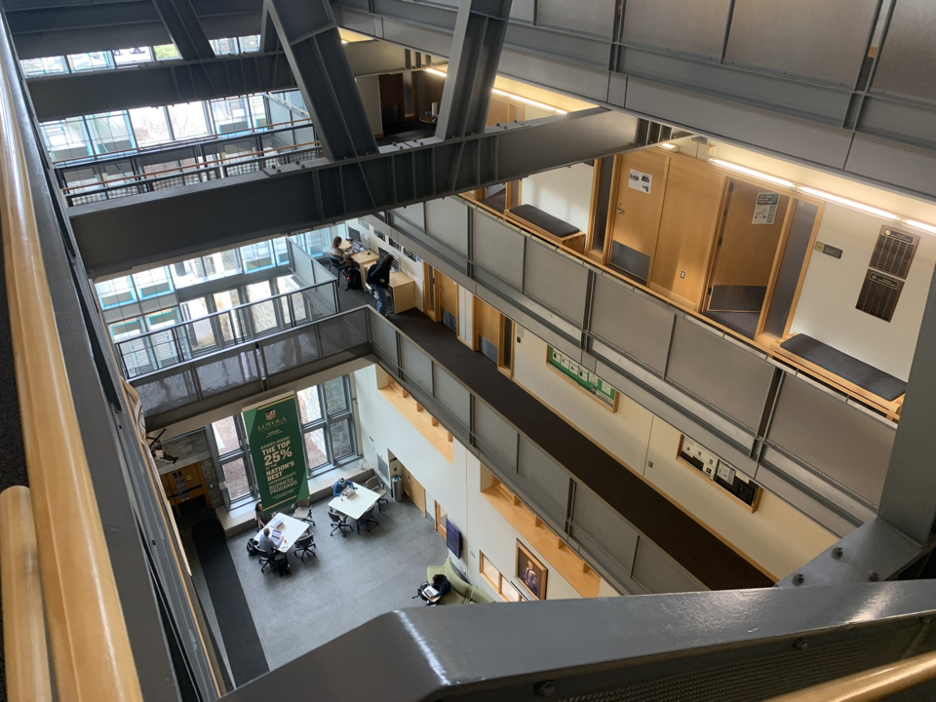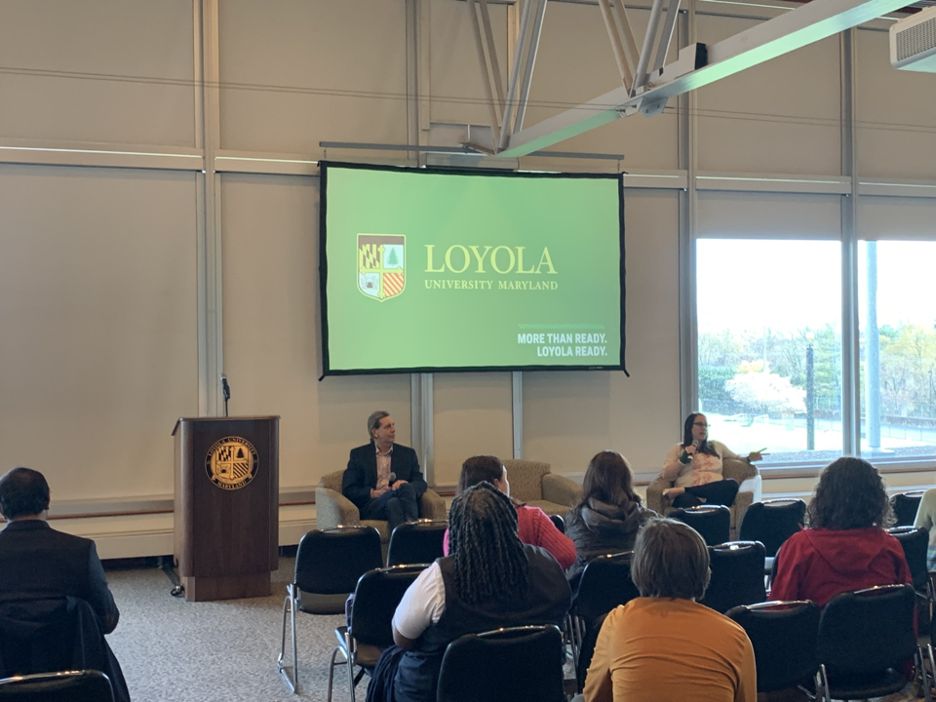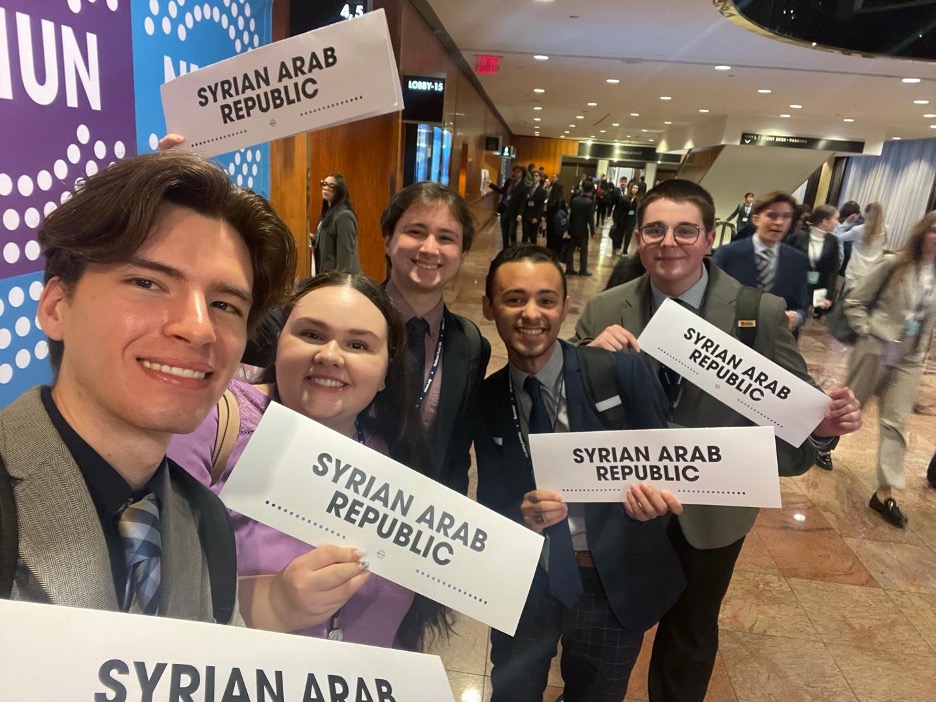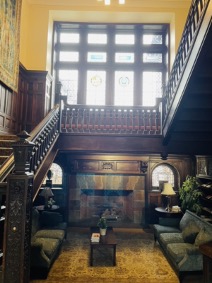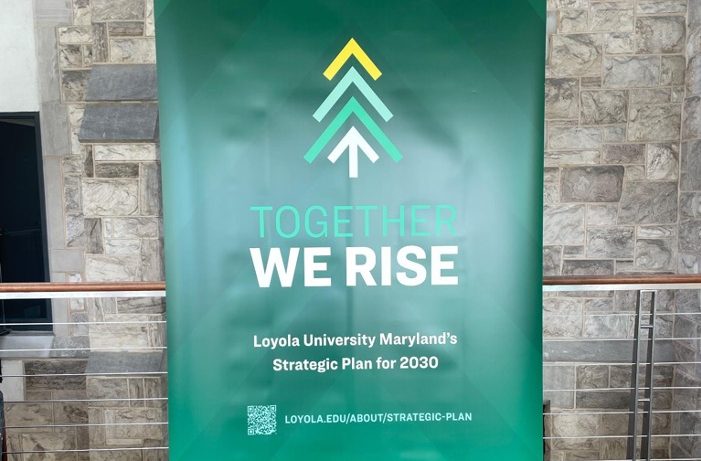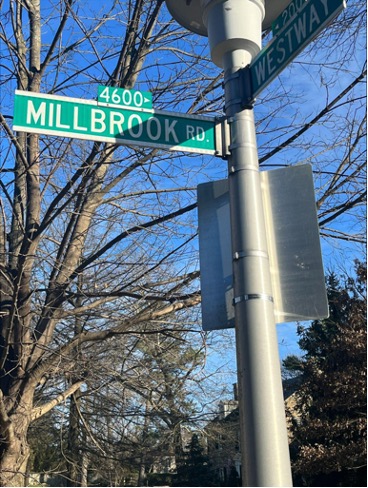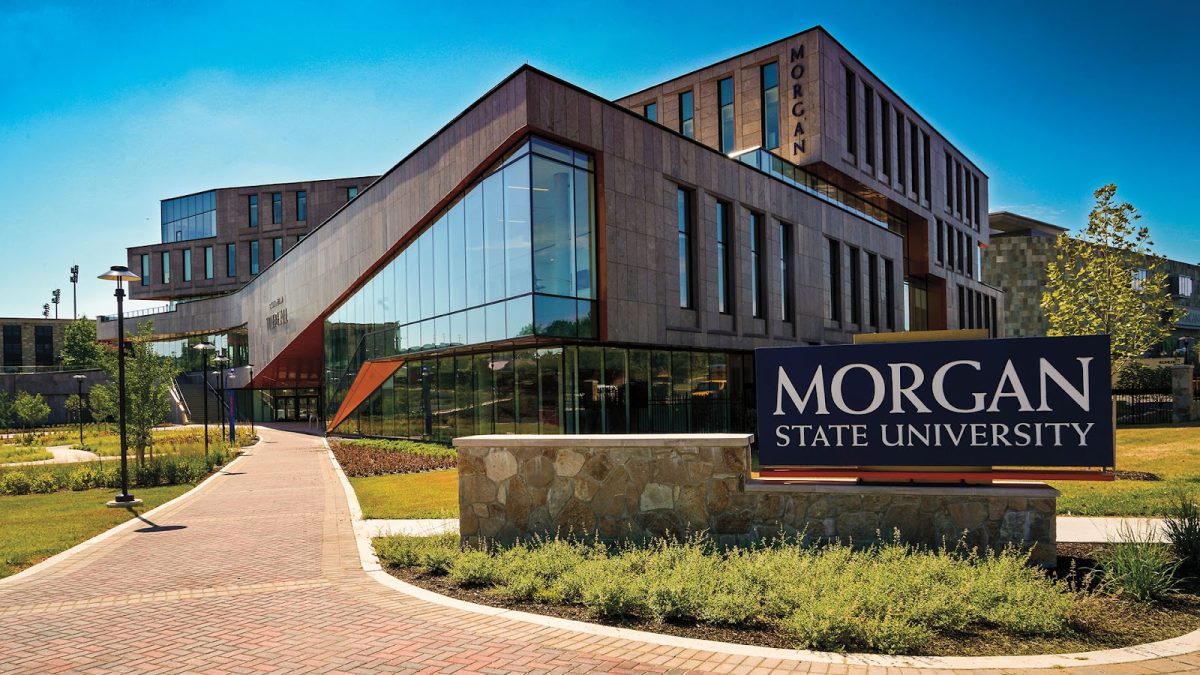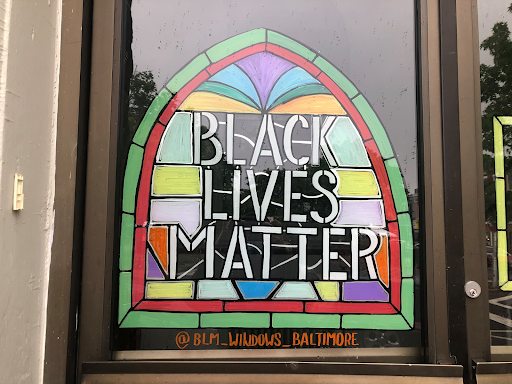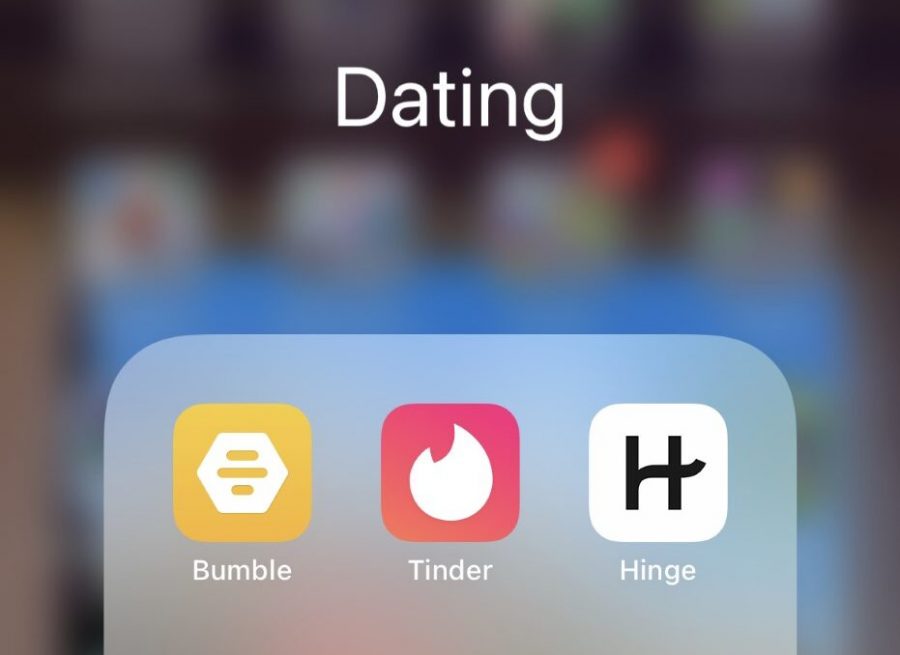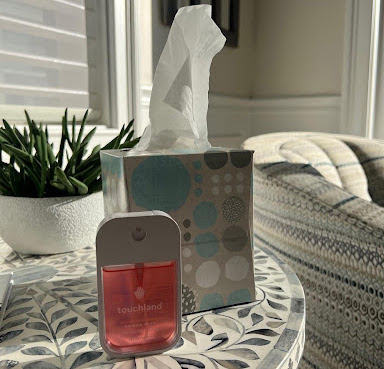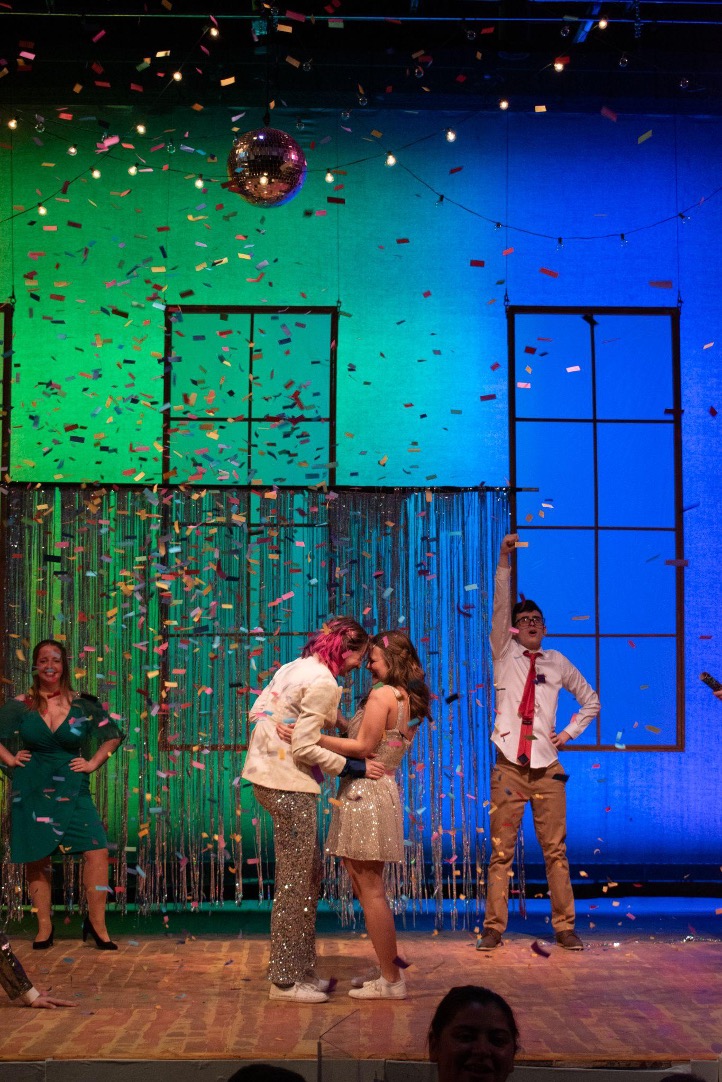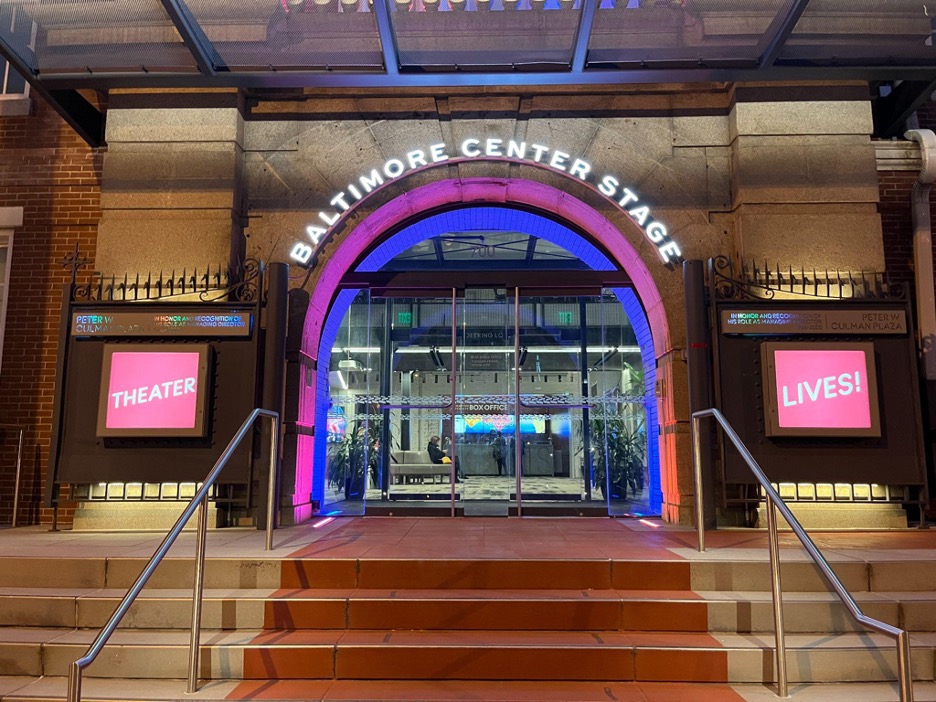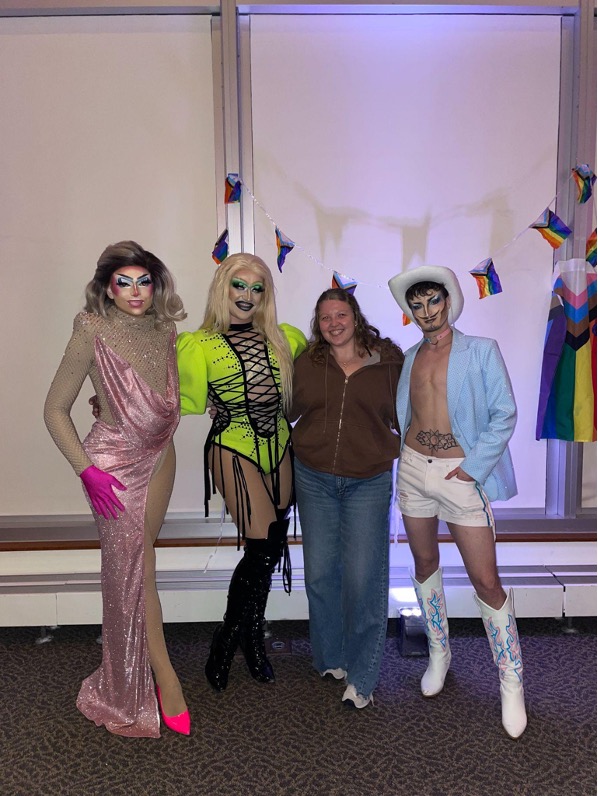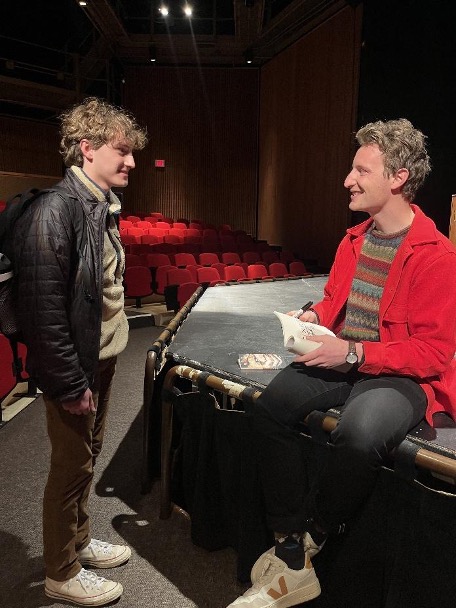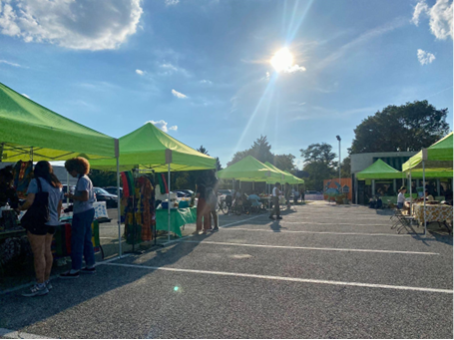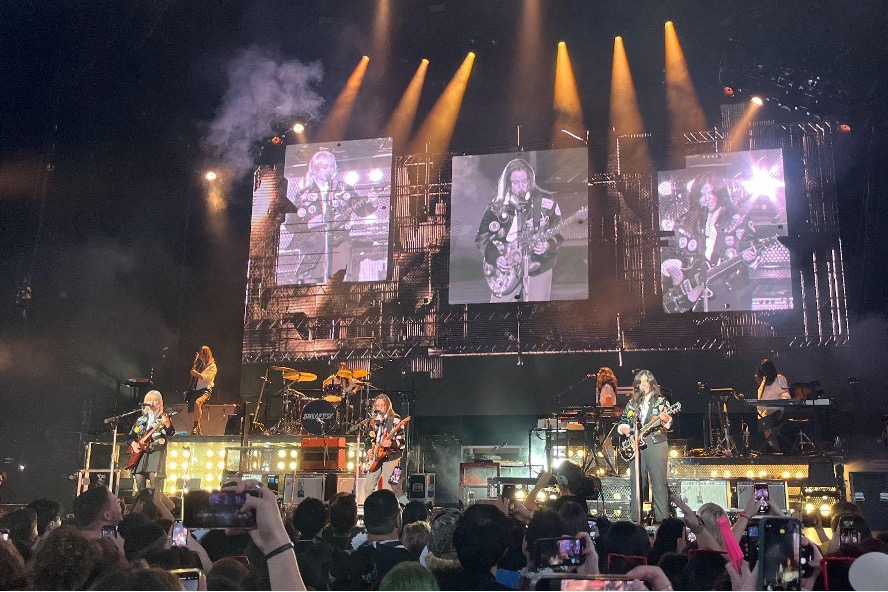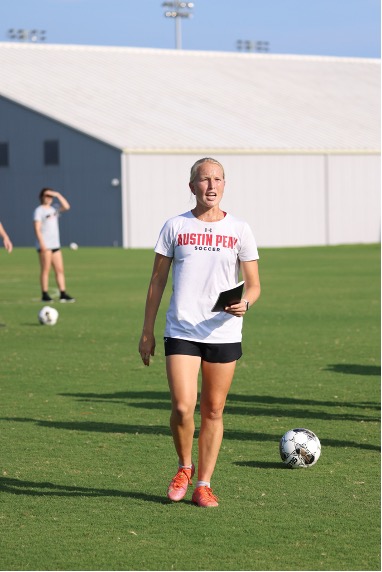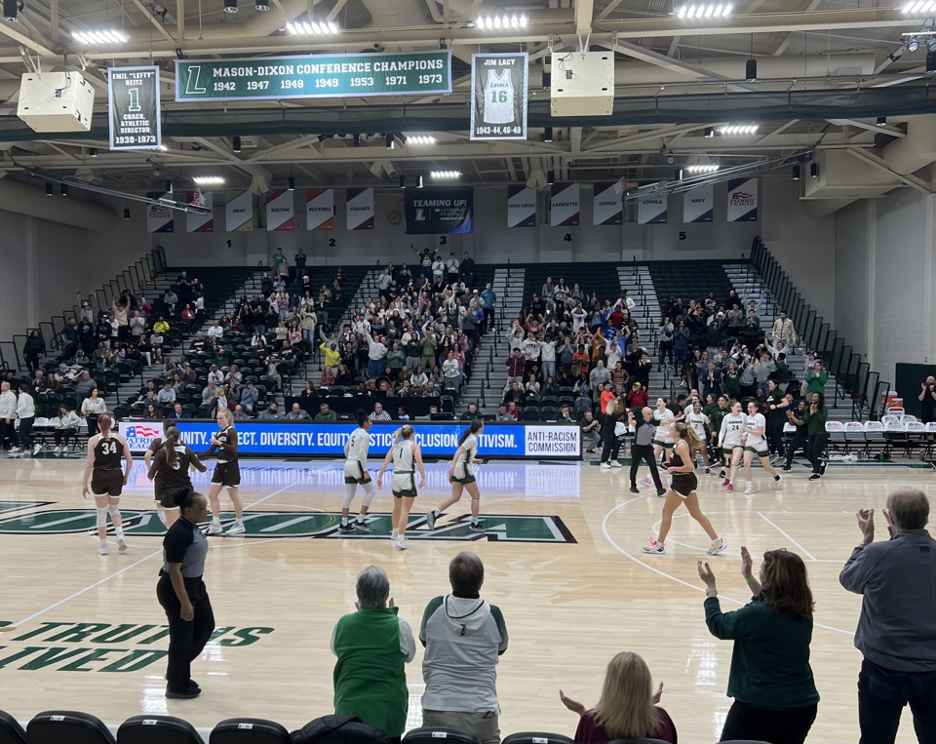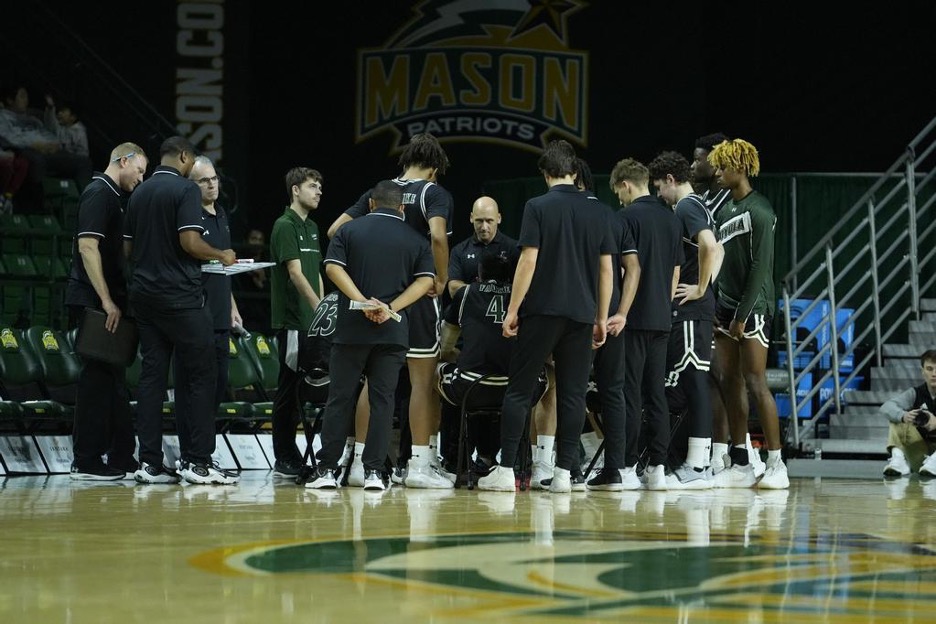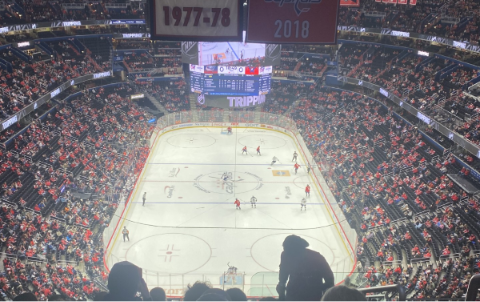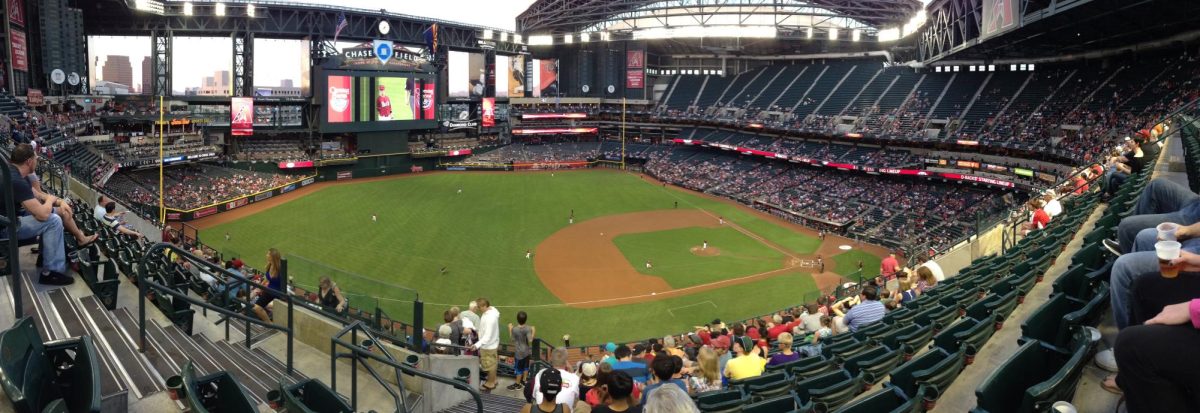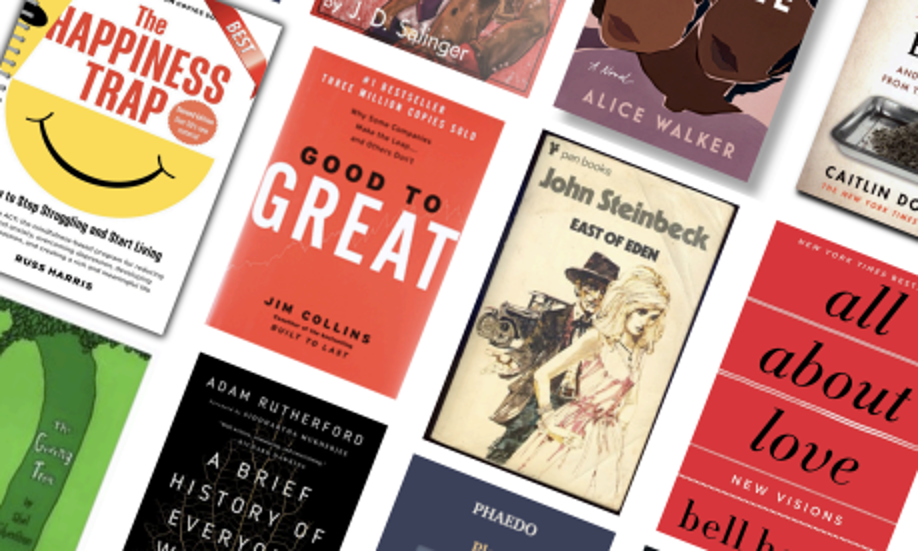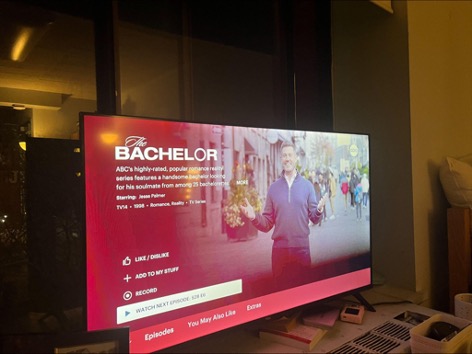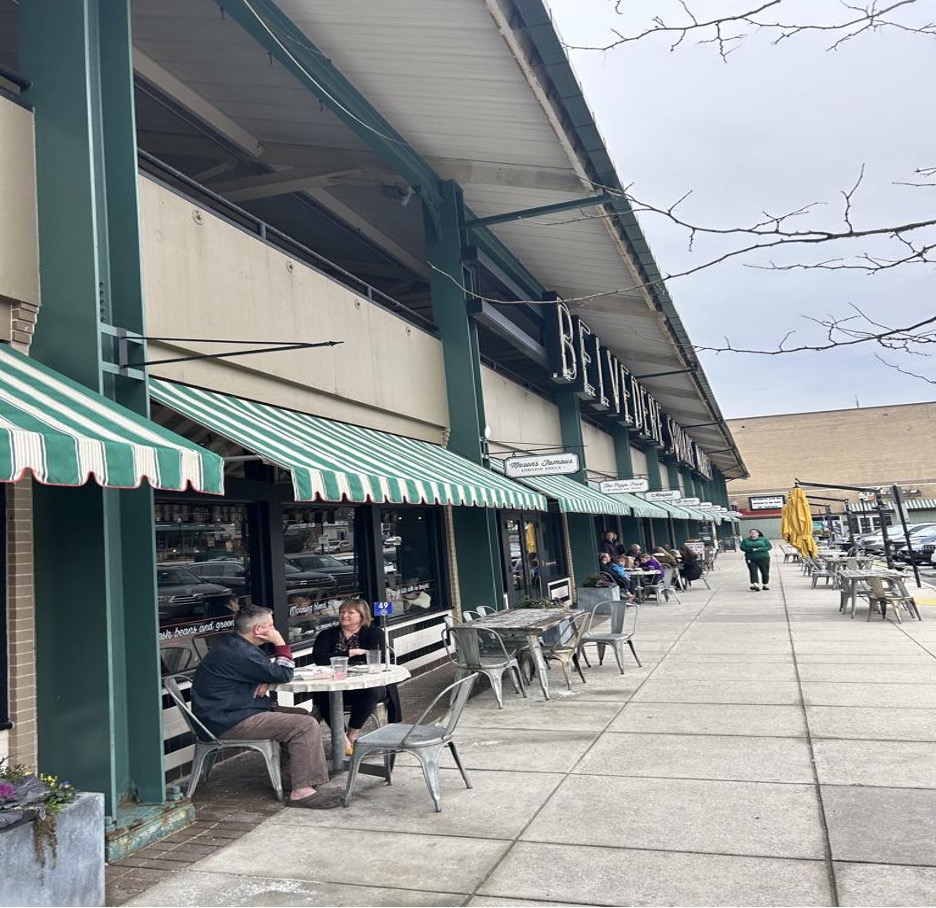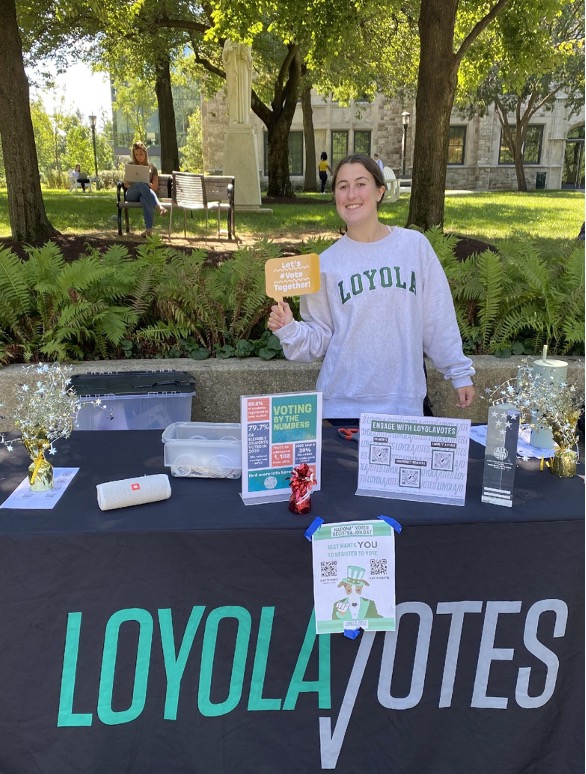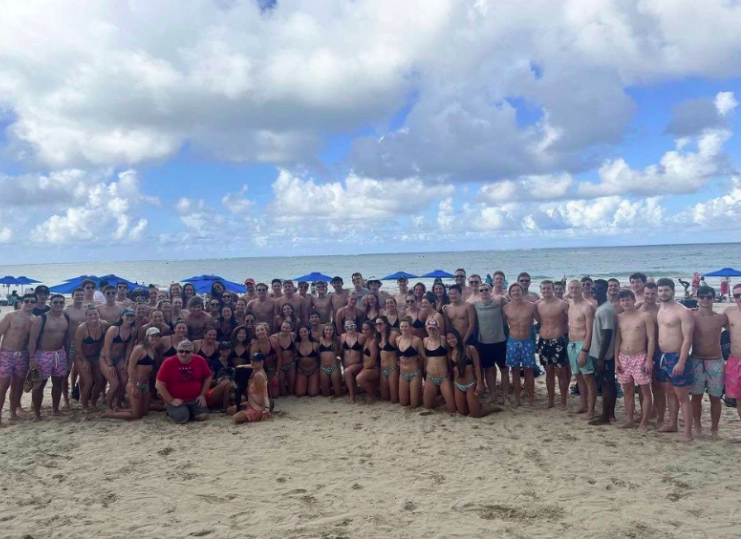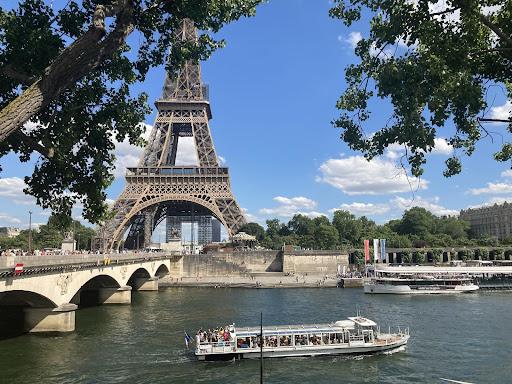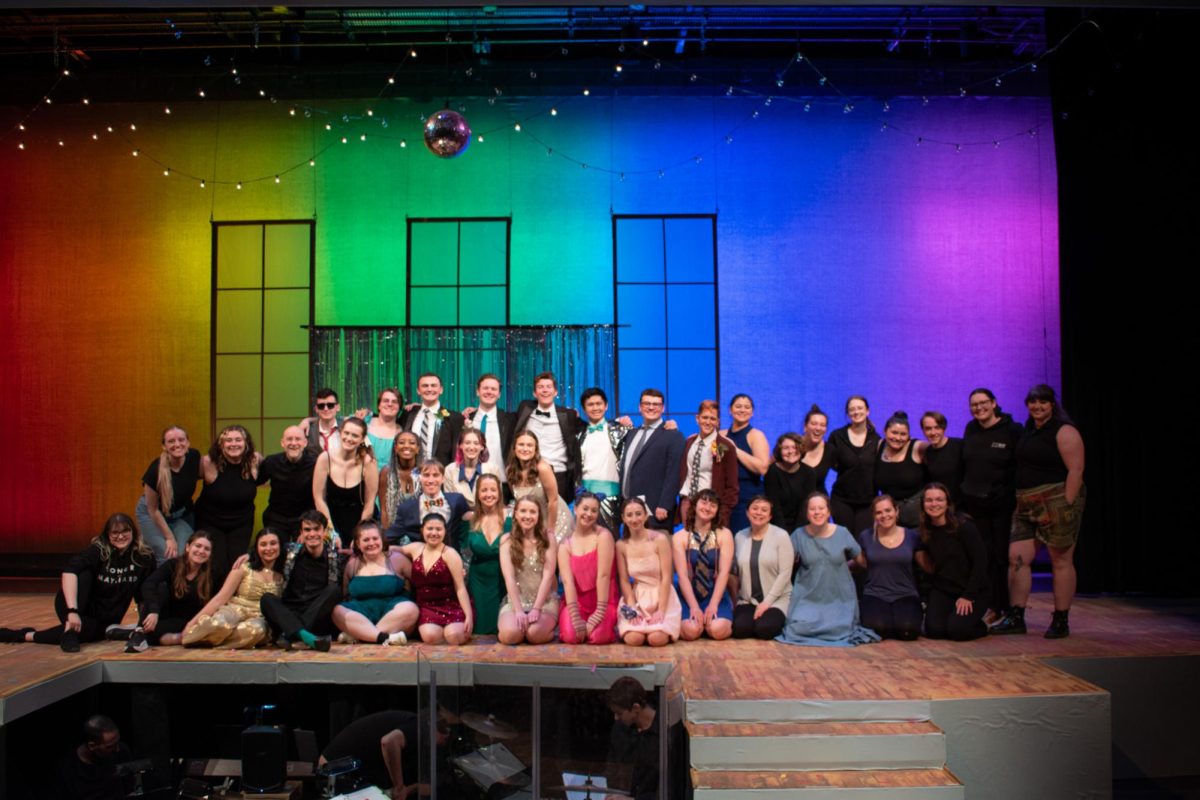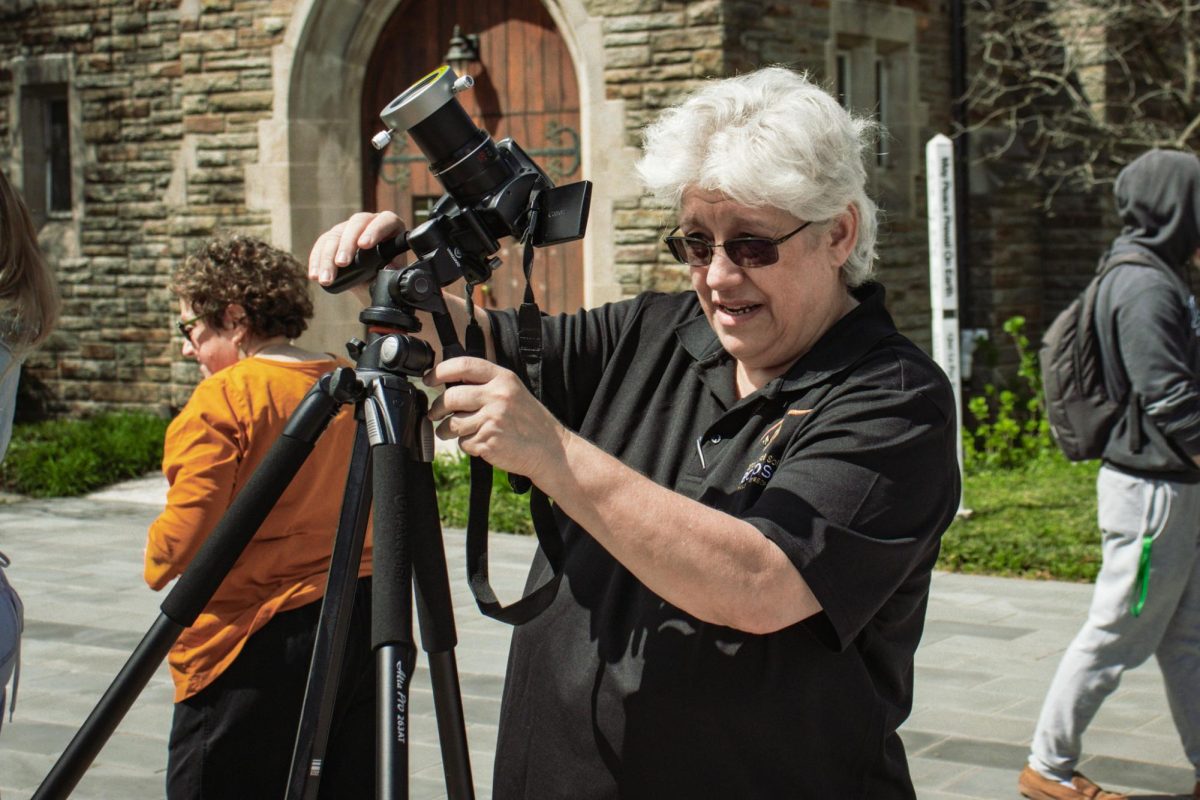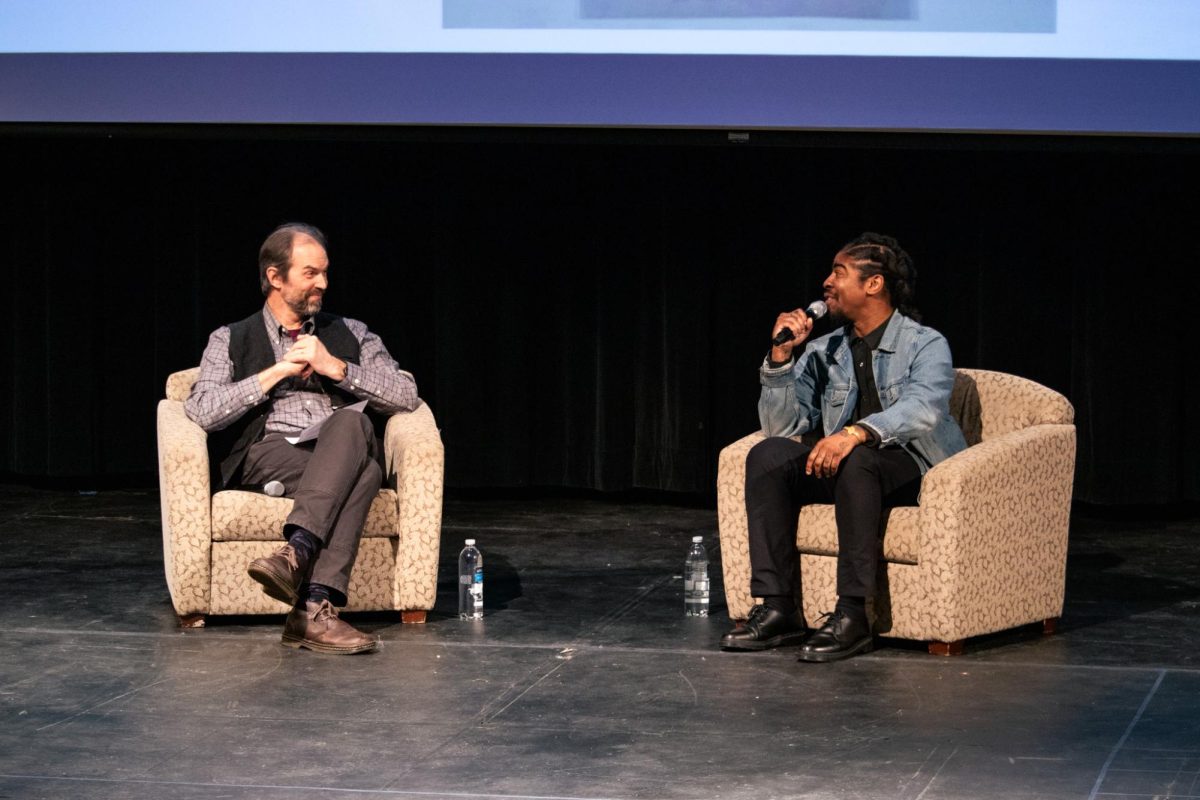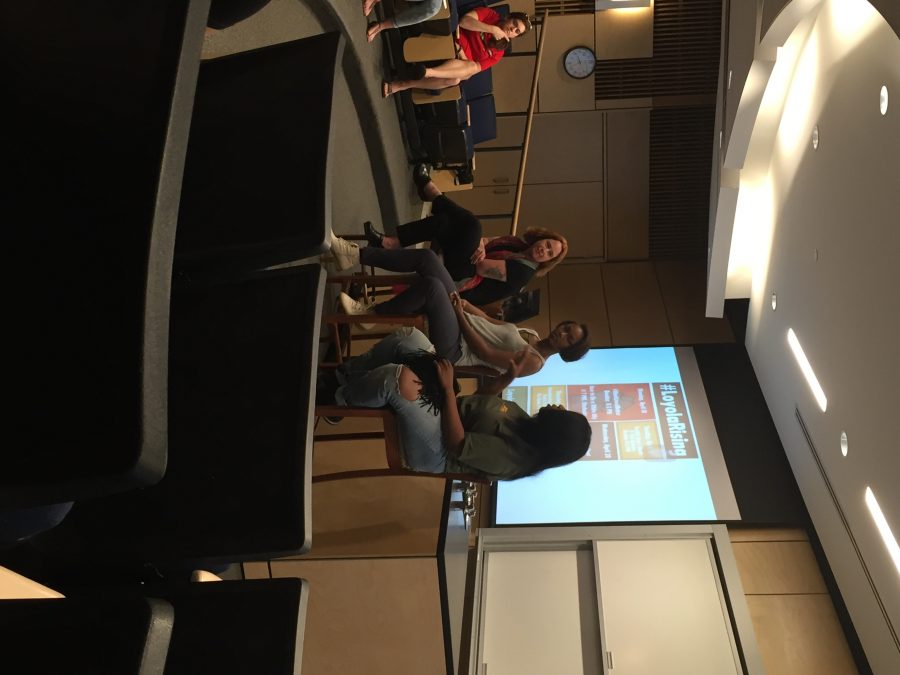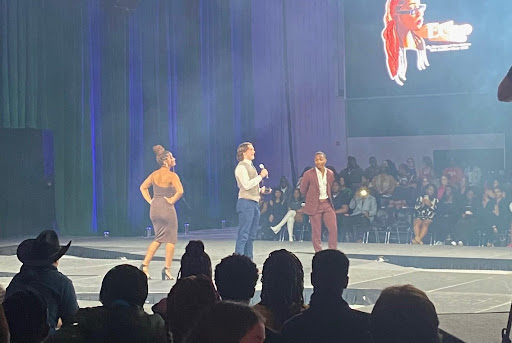From Monday, April 18 to Friday, April 22, a student initiative is taking place at Loyola to commemorate the one-year anniversary of the death of Baltimore native Freddie Gray. Gray died on April 19, 2015 after sustaining a severe spinal cord injury at some point during his detainment in a police van.
The initiative is supported by SGA, Student Life, and Campus Ministry and looks to further open dialogue about the incident, the uprising that followed, and the state of racial justice in our community and our country as a whole.
On Wednesday, April 20 a panel entitled “Baltimore Uprising: Then and Now” was held on campus and featured three panelists with ties to the Baltimore community. The group included Leah Hill, a junior at Loyola and a Baltimore native, Madeleine Monson-Rosen, an English professor at Loyola, and Michaela , the Communications Director for Baltimore Bloc, a grassroots collective that works to make tangible change in the city, and a history major at Morgan State University.
The night of discussion started with an introduction from Terence Jones, ’16, who briefly explained his experiences at a large-scale protest on April 25, 2015 that occurred after Baltimore Police admitted that Gray should have received medical treatment earlier and was not buckled in the back of the police van. At the time, it was estimated that about 1,000 people engaged in the peaceful protest from the Gilmor Homes in West Baltimore to an area downtown, where a small group then turned the gathering violent outside of baseball stadium Camden Yards.
Jones and his peers felt called to share their experiences that day by bringing attention to the true intentions of the protest to Loyola’s community, which sparked several discussions and events this time last year. #LoyolaRising was created as a week-long event in 2016 to make sure that Freddie Gray, and the issues of race and police brutality that his death highlighted, are not forgotten.
Why did the uprisings happen and what role does systematic racism play in Baltimore communities?
Michaela began the dialogue by sharing that from her perspective, the death of Freddie Gray acted as a sort of “tipping point” that made the nationwide issue of police brutality even more personal to members of the city. She then touched on the ways that systematic racism affects Baltimore, sharing that this can been seen in the segregation of neighborhoods, the lack of funding and support for public schools, and the pattern of policing in certain parts of the city.
To elaborate on one of the issues that Michaela brought up, one can turn to Loyola’s backyard for context. The York Road corridor is one of the most divided areas of the city; go west of the road to neighborhoods like Homeland and Guilford and find a majority white, affluent population. Go east to neighborhoods like Greater Govans and Northwood and find a majority black, significantly poorer community.
This is not a coincidence, as Baltimore has a history of housing segregation that dates back a century, where the city was often divided into white and black blocks. For example, in 1910 it was proposed that no black person could occupy a home on a block where more than half the people were white, and vice versa. Legally sanctioned housing segregation became illegal in 1968, but that didn’t stop institutions like building and health department inspectors from enforcing these rules.
Dr. Monson-Rosen briefly mentioned the idea of “redlining” during the discussion, which is defined as denying services to certain residents based on the racial make-up of that area. Redlining in Baltimore made it harder for African-Americans to move out of the poorest areas of the city, which in turn leads to the “long-term decline of those communities” as described in a 2015 Baltimore Sun article .
This was not a term Monson-Rosen was readily familiar with until coming to the city and seeing the “two Baltimores” that are very distinctly different. The issue of housing segregation and racist housing practices was brought to the forefront this past July when the Obama administration vowed to pass new regulations to reach the goals of the Fair Housing Act of 1968.
The issues the panel mentioned have a domino affect on the quality of life in Baltimore communities. In Roland Park, the life expectancy is 84 while in Seton Hill just three miles away, the life expectancy is just 65 years old. As Washington Post writer Christopher Ingraham put it , “imagine being a child and knowing that you could expect to die 20 years earlier than another kid who simply had the good fortune of being born just a few miles up the road from you. For Baltimore’s poorest, that’s the reality they’re living in.”
According to the article from April 2015, 14 of Baltimore’s neighborhoods had a life expectancy lower than North Korea, and eight neighborhoods have a life expectancy lower than Syria.
What makes a neighborhood safe versus unsafe in the city?
Hill brought up the example of how Loyola’s orientation for incoming freshman focuses on how unsafe York Road is, putting a red x on the area and explaining that students should avoid traveling there. Hill explained that by immediately telling students who have yet to experience the city that this area is unsafe, it sets up a stigma and students come in already judging their local neighbors.
Michaela echoed this sentiment that our judgments of other people often come from “indifference” towards those who we believe are different from ourselves and therefore rely on social stigmas that have been placed on people or places.
The media’s role in shaping our public opinion was mentioned several times throughout the night, with one prominent example being the coverage of the Baltimore uprising itself. The panel discussed how one car on fire was replayed over and over again, followed by a shot of a fire in another neighborhood of Baltimore. Without any context, outsiders seeing this picture might be led to believe the situation was worse and that the whole city was in this state of chaos and disorder.
Hill also noted that not much media attention was paid to outside instigators, such as people at bars who threw beer cans and bottles at demonstrators during the April 25 protest. Dr. Monson-Rosen also shared that she wished the media told the stories of love for the community and love for each other that she experienced in Baltimore during the time of the uprising, and that it didn’t have such a heavy focus on the violence.
How can college students get involved in addressing these issues? Would it help or harm the Baltimore community to serve with no background or education on the broader, institutional issues in the city?
Michaela responded that it is important to volunteer with an organization that already exists. While it may seem tempting to start your own group, Michaela explained that there are many non-profits in the city already trying to tackle similar issues and that all of these groups have to fight for the limited funding offered by the city.
According to Hill, it is important to make sure you volunteer for the right reasons and that you don’t come in assuming that you know it all.
“I step back and realize my own privilege before I go forward [with volunteering],” Hill said.
Michaela noted that often times the hardest part about getting involved is to recognize that you may have a privilege, whether it be your gender, age, race, or economic standing. She also explained why it is important to get involved for the right reasons.
“It isn’t just limited to Loyola students, anyone who volunteers needs to have the intent to learn and work to better the community,” Michaela said.
During the question period of the panel, a student asked how to make friends and fellow students care when they are currently apathetic to issues of racial justice, especially considering that the majority of the crowd at the event was students of color who are already engaged and educated on the subject. The panelists weighed in, and Michaela emphasized how something like BlackLivesMatter needs to be a “movement and not a moment,” that is continued by open discussion and pushing everyday to have conservations with your peers.
The week of dialogue will continue with a remembrance for victims of police brutality on The Quad form 11-2 p.m. on Thursday, April 21 and the culminating event “Loyola Rising” taking place from 3-5 p.m. on Friday, April 22 on The Quad.


